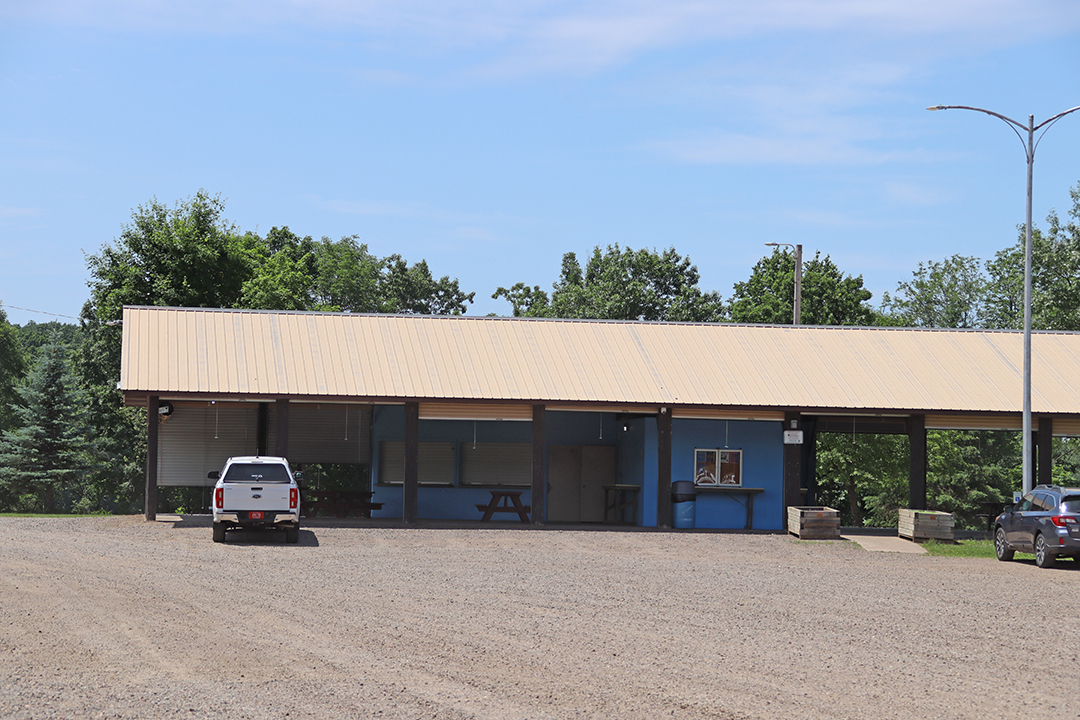– Climate & Health Effects –
– Climate & Health Effects –
Are you experiencing additional breathing and sneezing health effects, with asthma and allergies? Climate changes, such as rising temperatures, increasing atmospheric carbon dioxide and altering precipitation patterns, contribute to increases in airborne allergens, like pollen.
These changes in airborne allergens affect indoor air quality, by infiltrating buildings. An increase in airborne allergens causes increases in asthmatic episodes and allergy-type illnesses.
Airborne allergens are substances in the air that, once inhaled, may stimulate an allergic response. The increase in carbon dioxide levels from greenhouse gases, combined with higher temperatures and precipitation levels, promotes additional growth of plants releasing allergens. Doubling the atmospheric concentration of carbon dioxide increases the production of pollen by 61 percent.
These changes have increased the production, severity, sensitivity, release and occurrence of allergens released into the air, triggering more allergic diseases, especially asthma. There are many healthcare costs affiliated to higher pollen concentrations and longer seasons, causing an increase in allergies and asthma.
In Wisconsin, the asthma prevalence rate is 9.5 percent and is in the 75th percentile nationally. Decreased work productivity and school attendance, and an increase in hospital/emergency room visits, contributes to $100 million dollars spent annually in healthcare costs.
The increase of greenhouse gases leads to more weather-related effects of increased precipitation and humidity, indoor dampness and mold growth. Outdoor pollutants can also enter indoors through windows, under doors or cracks in the buildings, and bypass any filters. These factors can result in asthma exacerbations.
Dampness and mold in homes are linked to 4.6 million cases of worsened asthma. Many people spend most of their lifetime in indoor environments, so indoor air pollutants are a health concern.
The air we breathe is essential to our health. Children, whose lungs are still developing; older adults; and those who already have asthma, are at greater health risk from lung damage occurring, because of increased greenhouse gasses.
Air quality is affected by pollens and molds, which contributes to poor lung health and results in more emergency room visits, and absences from work and school.
Family/community members who have lung and allergy issues, can ask their healthcare provider how to best avoid places or situations that can cause asthma attacks, or allergy flare-ups. They can also check the air quality index at airnow.gov., follow their asthma plan, adhere to medication and inhaler schedule.
We can all help, by making our voices heard about the importance of clean air by contacting policy makers who are addressing policies to keep air healthy.





